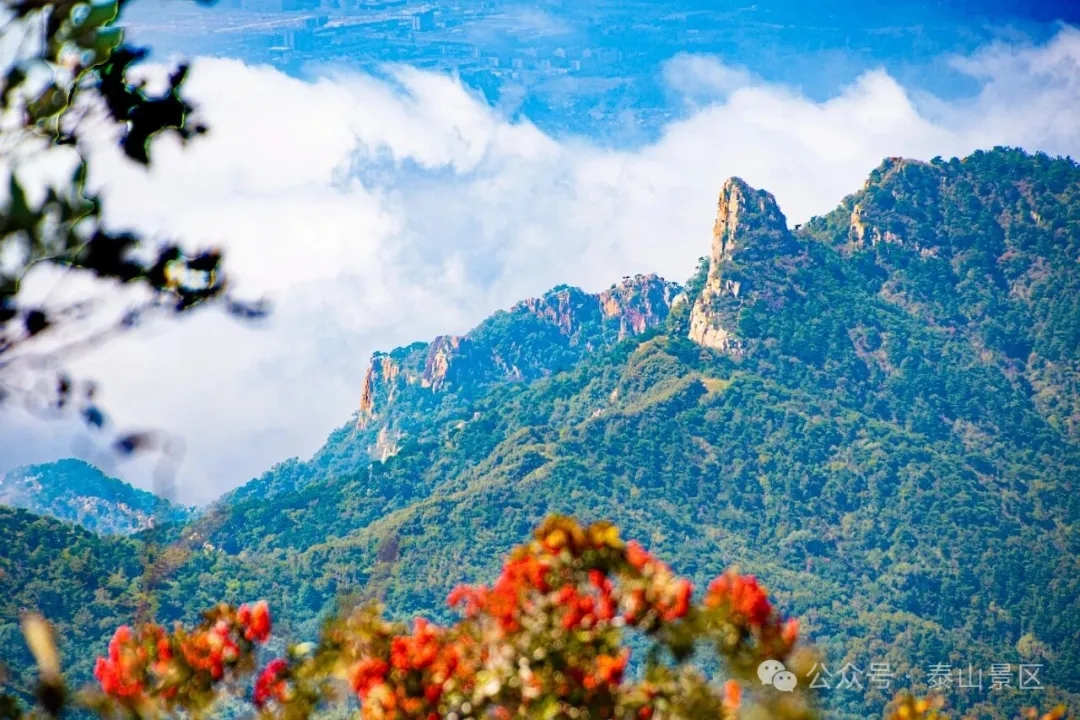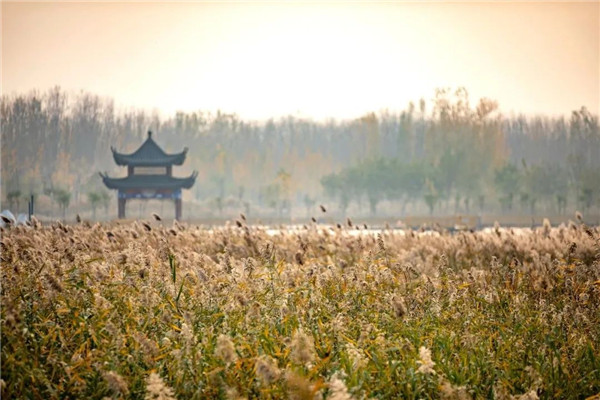Three-day tour in Taishan Mountain and Qufu
Taishan Mountain, known locally as Dongyue, ranks number one among the five most important mountains in China. It is also described as one of "the Five Great mountains" and "First Mountain of the World" for its majesty and historical and spiritual significance.
The city Qufu is best known as the hometown of Confucius and these three sites here listed as UNESCO World Heritage Sites in 1994.
Day 1 Jinan
Airport pick-up and hotel check-in. After check-in, you will have some free time to explore the surrounding area.
Day 2 Qufu
Leave hotel in the morning to Qufu (about 2.5 hours by car) to explore the famous Confucius Mansion, Kong Family Mansion & Cemetery.
Confucius Temple is a temple devoted to the memory of Confucius and the sages and philosophers of Confucianism.
The largest and oldest Temple of Confucius is found in Confucius' hometown, present-day Qufu. It was established in 479 BC, one year after Confucius's death, at the order of the Duke Ai of the State of Lu, who commanded that the Confucian residence should be used to worship and offer sacrifice to Confucius. The temple was expanded repeatedly over a period of more than 2,000 years until it became the huge complex currently standing.
Covering 39 acres, the mansion grounds house 463 buildings such as halls, pavilions, and towers that are divided into three parts. The Eastern part is the family temple, the Western institute and the Central main buildings. The Central part is then divided into two sections with the front being the office and the family residence behind. The garden is located at the back of the residence.
Though less splendid than the Forbidden City, the Mansion boasts luxury furnishings, exquisite decorations, and precious cultural relics.
This family mansion is the largest of its kind in Chinese history. Today, the mansion is a museum and part of the UNESCO World Heritage Site "Temple and Cemetery of Confucius and the Kong Family Mansion in Qufu".
Day 3 Taishan Mountain
Wake up in the morning and get ready to climb Taishan Mountain.
Take local shuttle from the Tianwaicun station to Zhongtianmeng station, to begin your journey up.
Taishan Mountain lies in central Shandong Province, spanning the ranges of Tai'an and Jinan cities. It covers an area of 550 square meters. It was regarded as preeminent among China's Five Sacred Mountains. 72 Chinese emperors of various dynasties made pilgrimages to Taishan Mountain for sacrificial and other ceremonial purposes, including Emperor Shihuang of the Qin Dynasty (221-206BC), Emperor Wudi of the Han Dynasty (206BC-8AD), Emperor Xuanzong of the Tang Dynasty (618-907) and Emperor Qianlong of the Qing Dynasty (1644-1911).
Taishan Mountain is endowed with many scenic spots. A large number of them were given names in ancient times. They include 112 peaks, 98 precipices, 18 caves, 58 oddly shaped rocks, 102 streams and valleys, 56 pools and waterfalls, and 64 springs. Vegetation covers 79.9% of the area. The flora is known to comprise 989 species in 144 families.
Taishan Mountain also boasts cultural heritage with an incessant history of several thousand years. Currently on the mountain, there are 22 ancient architectural complexes, 97 ruins, 819 stone tablets and 1,800 stone inscriptions, which provide a natural museum for the study of ancient history and calligraphy. Main sites of interest are the Tiankuang Temple, Nantian Gate, Azure Cloud Temple, Peak for Viewing the Sun, and Sutra Rock Valley, etc.
Taishan Mountain is a mountain of outstanding value from the point of view of aesthetics, science, history and culture. Taishan Mountain was elected to the "World Heritage List" in 1987. Chinese people tend to describe a situation as being as stable as Taishan Mountain or a matter as being as weighty as Taishan Mountain, giving clear evidence of such an impression.



 Embark on cultural trip in Shandong
Embark on cultural trip in Shandong Global civilizations shine at Nishan in Shandong
Global civilizations shine at Nishan in Shandong Explore Taishan Mountain's autumn splendor
Explore Taishan Mountain's autumn splendor

